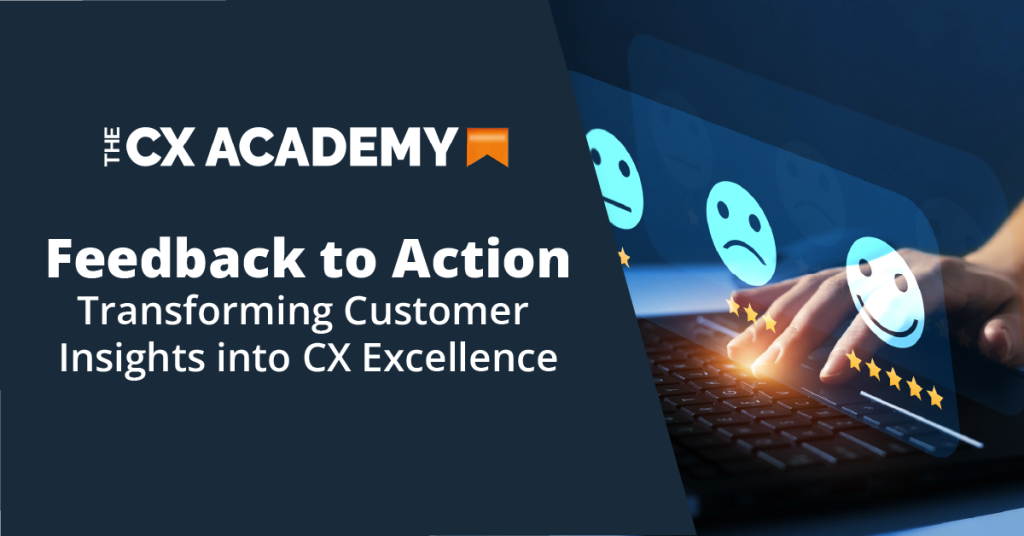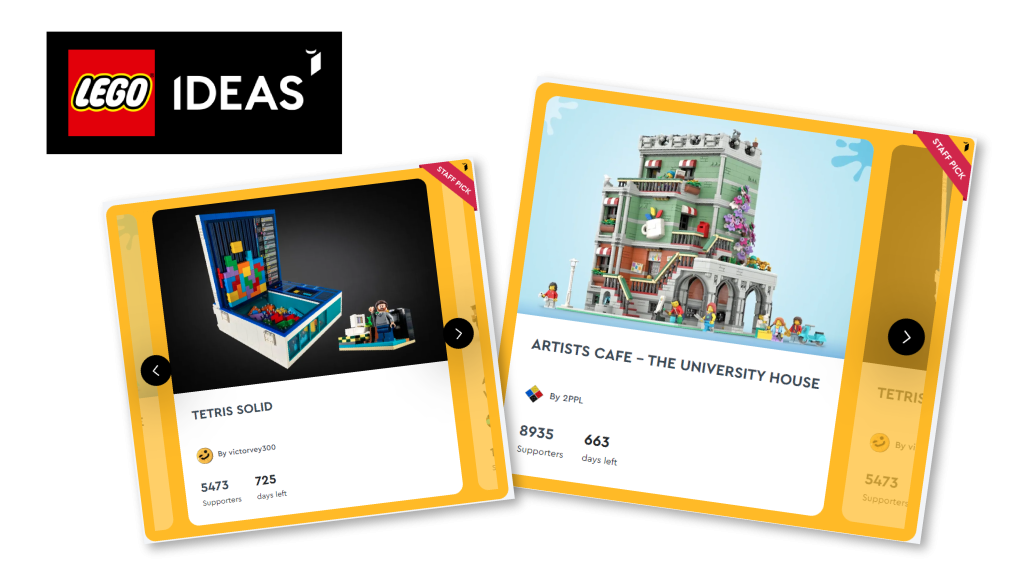
Gathering and understanding customer feedback is crucial for the success of your business. It will give you insight into what your customers prefer and how you can improve your product, service, CX and ultimately your business performance. On top of this, it’s a powerful way to act as a warning system for customer churn.
Gathering customer feedback can be difficult due to survey fatigue as not all customers like to fill out surveys and answer long text questions. However, if you can show your customers that the time they put into providing you with their feedback is not going to waste then it becomes more successful. In short, if you take their feedback on board and improve your products or services accordingly it will increase the chance of them willingly giving you more feedback in the future.

How to collect feedback?
This post takes you through how to implement/use the feedback from your customers. But first, you need to gather it.
There are many ways to collect customer feedback.
Surveys
This is the most common way of collecting feedback. It’s easy to implement and get clear data that you can understand in minutes. This is usually done through an outbound email or a follow-up after every interaction.
Getting your survey right is important as we can get carried away with asking questions that are not going to bring us valuable information.
This is why clearly defining your goal, and why you need this information is vital. Otherwise, your survey may get ignored or your email may get marked as spam. It is also why ‘only 9% of people take the time to answer long surveys thoughtfully and nearly 70% say that they have abandoned a survey before finishing it’.
If you’re not sure exactly what you want to achieve with the survey, go back to the basics and focus on CXi metrics, CSAT & NPS & Net Easy Scores which correlate directly with customer experience.
Social Media/Google Reviews
Social media is the place where potential consumers get their opinions of your brand. Why? Because this is where they will get the most unfiltered feedback and reviews of their experience with your brand.
You can use this feedback to gain a better understanding of the general public feelings about your brand or organisation and their needs and wants.
Social Listening tools will help you monitor and track keywords, hashtags and mentions across multiple platforms, providing you with real-time customer feedback.
Widgets
A website feedback widget is part of your website, software or application that is available to your customers throughout their customer journey so that they can provide you with instant feedback. Essentially it allows your customers to notify you of any issues, suggestions or improvements they may have regarding the UX/ UI, the specific step where they are at in the customer journey or the product itself.
Feedback Widgets help you collect feedback to guide your:
- User Engagement
- User Insights
- Issue Resolution
- Product Improvement
- Customer Satisfaction
- Decision Making
Some examples of Feedback widgets are; Feedback Button, Website Surves, Exit Pop-ups or Embedded Surveys.

Focus Groups/Interviews
Focus groups or one-on-one interviews with your customers can provide a gold mine of information. They are done on a small scale due to high costs, but they empower you with direct and detailed customer feedback.
This is where you can gather rich quantitative data. Before carrying out the focus group or interviews you need to segment your customers into your individual target groups and strategically prepare questions that will give you context to feedback collected from other sources.
How to use Customer Feedback Effectively?
Upgrading/Adding New Products or Services
When you analyse customer feedback you may notice that the same need is constantly brought up. This is your cue to see how you could address this need. One of the ways is through adding an extra feature to your product. Other times it may lead to you having to create an entirely new product or service.
This can be time-consuming and impose high costs, but when the customers see that you’re taking their feedback seriously and acting upon it they will be more likely to turn into loyal advocates. And as we know, loyal advocates are extremely profitable for your business.
One of the best examples of this is Lego Ideas, where customers submit ideas for new Lego products. If their idea gets 10,000 supporters they become a Lego Ideas Designer where they get to collaborate with the Lego Team to get it into production and onto the shelves.

Improve UX
This is where your feedback widgets get to shine. Receiving notifications from your customers of bugs or glitches on your website or app allows you to act immediately. They give you a head start to solve it before other customers even encounter the problem.
On top of this, customers will often be direct and simply tell you if their journey wasn’t convenient and if where struggled to get a simple task done.
Improve Customer Service
One of the best ways to utilise customer feedback is to improve customer service. CSAT and NPS scores alone won’t give your agents the full picture. But if the customer leaves an additional comment about how the interaction went with a staff member you can start to understand where there are skill gaps and where how you can address these.
Customer Service agents are often just trained to carry out the functional tasks correctly. But to deliver great customer experience, your CS Agents need to understand that customer experience is all about how the customer feels and emotional and empathy training is key.
At The CX Academy, we provide courses for everyone in your organisation, whether they are customer-facing or back-office support staff. These courses help them speak the same language and empower them to deliver CX Excellence. If you would like to learn more about how we can help you empower your staff to deliver exceptional experiences email us at info@thecxacademy.org.
Improve Marketing
Customers will not only tell you bad things about your business. They will tell you what they love about it, which features they find most useful or even give you full testimonials of their great experiences.
You can use this information to guide Marketing material. By understanding which customer demographic likes a particular product or aspect of your service, you can create better-targeted materials for your customers. On top of this, sharing user-generated content that includes strong testimonials, will boost your brand credibility.
Improving Retention
When you ask customers for feedback they generally believe that you value them as customers and respect their input which helps build deeper trust. The list we made above is not exhaustive. There are other ways you can utilise customer feedback but the most important factor is that you should never collect the feedback and do nothing about it, because this is a slippery slope. If you use it correctly, you will improve your customer retention scores, strengthen your bonds with them and they will become long-term advocates for your business.
If you would like to learn how to best align your customer feedback with your CX Strategy enrol in our Professional Diploma in CX today.
